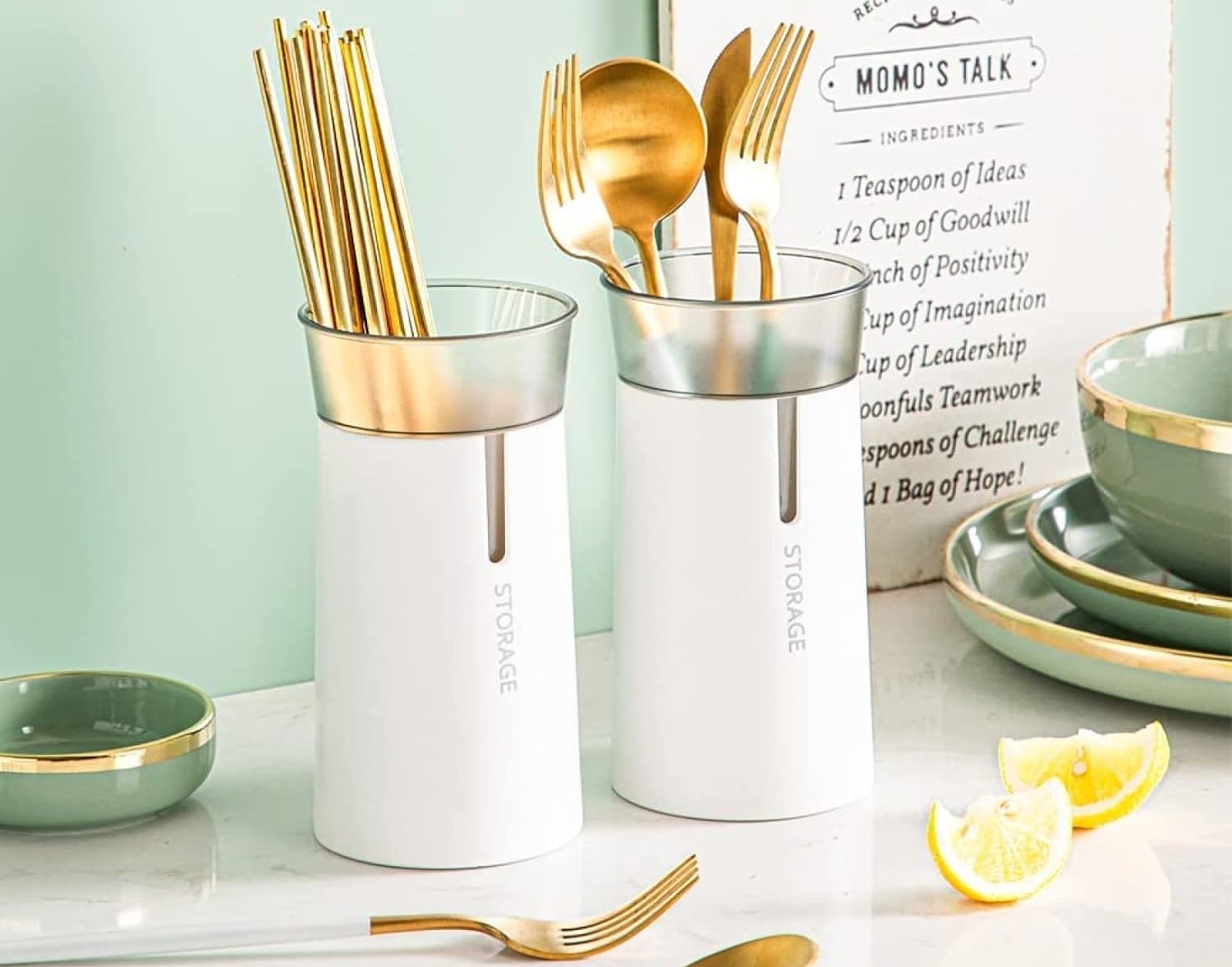

Articles
How To Store Chopsticks
Modified: January 6, 2024
Learn the best ways to store your chopsticks with these helpful articles. Keep your utensils clean and organized for easy access.
(Many of the links in this article redirect to a specific reviewed product. Your purchase of these products through affiliate links helps to generate commission for Storables.com, at no extra cost. Learn more)
Introduction
Chopsticks have been an essential utensil in Asian cuisine for centuries. Whether used for enjoying a bowl of steaming hot noodles or relishing delicate sushi rolls, chopsticks play a crucial role in the art of Asian dining. As a cherished tool, it’s important to properly care for and store your chopsticks to ensure their longevity and functionality.
In this article, we will explore the different types of chopsticks, provide step-by-step instructions on cleaning and drying them, and guide you through various options for storing and organizing your chopsticks. By following these tips, you can keep your chopsticks in optimal condition and enhance your culinary experience.
So, let’s dive into the world of chopsticks and learn how to store them with care!
Key Takeaways:
- Embrace the elegance and functionality of chopsticks by choosing the right storage option, organizing them for easy access, and practicing regular maintenance to preserve their quality and enhance your dining experience.
- Whether it’s a chopstick sleeve, stand, case, utensil drawer, magnetic knife strip, or holder, proper storage ensures your chopsticks remain clean, organized, and ready for use whenever you need them.
Types of Chopsticks
Chopsticks come in a variety of materials, each with its own unique characteristics. Here are some popular types of chopsticks:
- Wooden Chopsticks: These are the most common type of chopsticks and are traditionally made from bamboo. Wooden chopsticks are lightweight, easy to handle, and provide a natural grip. They are available in different lengths and thicknesses to suit individual preferences.
- Metal Chopsticks: Made from stainless steel or other metals, metal chopsticks offer durability and a sleek appearance. They are often reusable and dishwasher-safe, making them convenient for everyday use. Metal chopsticks can be heavier compared to wooden ones, but they provide excellent heat resistance.
- Bamboo Chopsticks: Similar to wooden chopsticks, bamboo chopsticks are also popular due to their sustainability and eco-friendliness. They are lightweight and have a smooth surface, which makes them comfortable to hold and use. Bamboo chopsticks are biodegradable and can be disposed of without harming the environment.
- Plastic Chopsticks: Plastic chopsticks are often used for disposable or takeout purposes. They are lightweight, inexpensive, and easily accessible. However, they are not as durable as other types and may not provide the same level of grip as wooden or metal chopsticks.
- Traditional Chopsticks: In some Asian countries like Japan and Korea, you can find traditional chopsticks made from materials like lacquered wood or bone. These chopsticks are often intricately designed and may be used for special occasions or as decorative pieces.
Now that you are familiar with the different types of chopsticks, let’s move on to the next step: cleaning and drying them properly.
Step 1: Cleaning your Chopsticks
Before storing your chopsticks, it’s essential to ensure that they are clean and free from any food residue. Here’s a step-by-step guide to effectively clean your chopsticks:
- Begin by rinsing your chopsticks under warm water to remove any visible food particles. Use your fingers or a gentle brush to scrub away stubborn stains or debris.
- If your chopsticks are dishwasher-safe, you can place them in the dishwasher along with your regular utensils. Be sure to follow the manufacturer’s instructions for the dishwasher settings and temperature.
- If you prefer to hand wash your chopsticks, fill a basin or sink with warm soapy water. Use a mild dish soap to create a gentle cleaning solution.
- Immerse your chopsticks in the soapy water and use a soft sponge or cloth to clean them thoroughly. Make sure to pay attention to the tips and grooves of the chopsticks.
- Rinse the chopsticks under running water to remove any soap residue. Ensure that all traces of soap are washed away to avoid any unwanted flavors or smells transferring to your food.
- Once clean, gently pat your chopsticks dry with a clean towel. Avoid rubbing them too vigorously, as this may cause damage or splintering, especially if you have wooden or bamboo chopsticks.
- Leave your chopsticks to air dry completely before moving on to the next step. Placing them in a well-ventilated area will expedite the drying process.
By following these cleaning steps, you can keep your chopsticks hygienic and ready for storage. Now, let’s move on to the next step: drying your chopsticks properly.
Step 2: Drying your Chopsticks
Properly drying your chopsticks after cleaning is crucial to prevent moisture buildup and potential damage. Here’s how you can ensure your chopsticks are thoroughly dried:
- After washing your chopsticks, shake off any excess water to remove the majority of moisture.
- Place your chopsticks on a clean, absorbent towel in a single layer. Arrange them in such a way that air can circulate between each pair.
- Gently pat the chopsticks with the towel to absorb additional moisture. Avoid rubbing them too vigorously to prevent any splintering or damage, especially if they are made of wood or bamboo.
- Leave the chopsticks on the towel to air dry naturally. Choose a well-ventilated area with good airflow to expedite the drying process.
- Avoid using any heat sources, such as a hairdryer or direct sunlight, to speed up the drying process. Excessive heat can cause the chopsticks to warp or crack.
- If you’re in a hurry and need to use the chopsticks sooner, you can use a clean, dry cloth to gently wipe them and remove any remaining moisture.
- Ensure that the chopsticks are completely dry before proceeding to the next step. Any moisture left on the chopsticks could lead to mold or bacterial growth over time.
By following these drying techniques, you can ensure that your chopsticks are clean, dry, and ready for storage. The next step is to choose the appropriate storage option for your chopsticks based on your preferences and available space.
Step 3: Choosing the Right Storage Option
Now that your chopsticks are clean and dry, it’s time to select a suitable storage option to keep them organized and easily accessible. Here are several options to consider:
- Chopstick Sleeve: A chopstick sleeve is a simple and convenient storage option. It usually comes with a set of chopsticks or can be purchased separately. The sleeve provides protection and prevents the chopsticks from getting dirty while stored.
- Chopstick Stand: A chopstick stand or rest is a popular storage choice, especially for tabletop dining. The stand keeps the chopsticks upright and prevents them from touching the surface, ensuring hygiene and making them easily accessible during a meal.
- Chopstick Case: A chopstick case is a more portable and travel-friendly storage option. It usually comes with a secure lid and provides a compact and protective enclosure for your chopsticks when not in use.
- Utensil Drawer: If you have a dedicated utensil drawer in your kitchen, it can be a convenient storage spot for your chopsticks. Use a small container or divider within the drawer to prevent them from getting mixed up with other utensils.
- Magnetic Knife Strip: A magnetic knife strip can also be used to store chopsticks. Simply attach the chopsticks vertically to the strip, allowing them to hang freely and be easily accessible. This option is particularly handy if you have limited drawer or countertop space.
- Chopstick Holder: Another stylish and decorative storage option is a chopstick holder. These holders can be made of various materials like ceramic or bamboo, and they often come in unique designs that add a touch of elegance to your dining table.
Consider your personal preferences, available space in your kitchen, and the style that suits your aesthetic when choosing the right storage option for your chopsticks. Once you have decided on the method, it’s time to move on to the next step: organizing your chopsticks.
Read also: 6 Best Chopstick Dishwasher Basket for 2025
Option 1: Chopstick Sleeve
A chopstick sleeve is a simple and practical storage option for your chopsticks. It is commonly provided with a set of chopsticks and can also be purchased separately. Here’s why a chopstick sleeve can be a great choice:
- Protection: The primary purpose of a chopstick sleeve is to protect your chopsticks from dirt and contamination. By storing your chopsticks in a sleeve, you can ensure that they remain clean and ready for use whenever you need them.
- Portability: A chopstick sleeve is perfect for on-the-go dining or if you frequently carry your chopsticks with you. Its compact size makes it easy to slip into your bag or pocket, allowing you to enjoy your favorite Asian cuisine anywhere.
- Hygiene: Using a chopstick sleeve also helps maintain hygiene. When dining out or in a crowded area, you can rest assured that your chopsticks are protected from external contaminants.
- Easy Storage: Chopstick sleeves are slim and lightweight, making them easy to store in your kitchen drawer or utensil organizer. They take up minimal space and can be quickly accessed whenever you need to use your chopsticks.
- Reusable: One of the advantages of a chopstick sleeve is that it can be used repeatedly. Simply slide your chopsticks in and out of the sleeve whenever you need them. It’s a sustainable and eco-friendly option compared to disposable chopstick wrappers.
When using a chopstick sleeve, ensure that your chopsticks are dry before inserting them into the sleeve. This will prevent any moisture buildup and the potential growth of mold or bacteria.
Whether you’re dining at home, at a restaurant, or on the go, a chopstick sleeve offers a convenient and hygienic way to store your chopsticks. Consider getting a chopstick sleeve to protect and transport your chopsticks easily.
Now that you’ve learned about the chopstick sleeve, let’s explore another storage option: the chopstick stand.
Option 2: Chopstick Stand
A chopstick stand is a popular and functional storage option for your chopsticks. It provides a designated spot for your chopsticks, keeping them organized and easily accessible. Here are some reasons why a chopstick stand can be a great choice:
- Organization: A chopstick stand helps keep your chopsticks neatly arranged and prevents them from rolling off the table. By having a dedicated spot for your chopsticks, you can avoid clutter and create an organized dining area.
- Hygiene: Placing your chopsticks in a stand ensures that they don’t come into contact with the table surface, reducing the risk of contamination. This is especially important when dining at restaurants or sharing utensils with others.
- Easy Access: With a chopstick stand, your chopsticks are conveniently within reach. You don’t have to search for them or worry about them sliding around during a meal. This makes using chopsticks more efficient and enjoyable.
- Stylish Decor: Chopstick stands come in various designs and materials, making them a stylish addition to your dining table. Whether you prefer a sleek and minimalist stand or one with intricate patterns and decorative elements, a chopstick stand can enhance the visual appeal of your dining space.
- Versatility: Chopstick stands aren’t limited to just holding chopsticks. They can also accommodate other utensils like spoons or forks, making them a versatile storage option. This is especially useful if you have a mixed set of utensils or if you’re serving a variety of dishes.
When using a chopstick stand, it’s important to clean it regularly to maintain hygiene. Wipe it with a damp cloth or wash it with mild soap and water, depending on the material of the stand. Avoid using abrasive cleaners that could damage the stand’s surface.
Whether for everyday use or when entertaining guests, a chopstick stand adds both functionality and aesthetic appeal to your dining table. Consider investing in a chopstick stand to elevate your chopstick storage and enhance your dining experience.
Now that you’ve explored the chopstick stand option, let’s move on to another storage possibility: the chopstick case.
To store chopsticks, keep them in a clean, dry place and avoid stacking them to prevent warping. Consider using a chopstick rest to keep them off the table.
Option 3: Chopstick Case
A chopstick case is a convenient and portable storage option for your chopsticks. It provides a protective enclosure, keeping your chopsticks clean and easily transportable. Here’s why a chopstick case can be a great choice:
- Protection: A chopstick case offers excellent protection for your chopsticks. It shields them from dirt, dust, and damage, keeping them in pristine condition for your next meal. With a case, you can be confident that your chopsticks are safe and hygienic.
- Portability: If you’re frequently on the go or enjoy picnics, a chopstick case is an ideal storage option. It allows you to carry your chopsticks with ease, ensuring that you’re always prepared to enjoy your favorite Asian cuisine wherever you are.
- Convenience: With a chopstick case, you don’t have to worry about loose chopsticks getting lost or rolling around in your bag. The case keeps them securely fastened, preventing any accidental spills or damage to other items in your bag.
- Reusable: Most chopstick cases are reusable, allowing you to use them repeatedly. They are often made of durable materials like plastic or fabric that can withstand regular use. This makes them an environmentally friendly choice compared to disposable chopstick wrappers.
- Ease of Cleaning: Cleaning a chopstick case is relatively simple. Most cases can be rinsed with water or wiped with a damp cloth. This ensures that your chopsticks remain in a clean and sanitary environment between uses.
When choosing a chopstick case, consider the size and design that best suits your chopsticks. Some cases are designed to accommodate chopsticks of specific lengths and can vary in thickness. Opt for a case that provides a snug fit to prevent movement and potential damage to your chopsticks.
A chopstick case not only protects your chopsticks but also adds a touch of style. There are various designs available, from sleek and modern to traditional and decorative. Choose a case that reflects your personal taste and enhances your dining experience.
Now that you’ve learned about the benefits of a chopstick case, you can consider incorporating it into your chopstick storage solution. Next, let’s explore another storage option: the utensil drawer.
Option 4: Utensil Drawer
If you have a dedicated utensil drawer in your kitchen, it can serve as a convenient and easily accessible storage option for your chopsticks. Here are some reasons why utilizing the utensil drawer is a great choice:
- Organization: An utensil drawer provides a designated space for your chopsticks, keeping them organized and easily identifiable. With a separate compartment or divider, you can prevent them from getting mixed up with other utensils.
- Accessibility: Storing your chopsticks in a drawer ensures that they are within arm’s reach whenever you need them. This saves time and effort, especially during meal preparation or when setting the table.
- Protection: Keeping your chopsticks in an utensil drawer provides protection from external elements. They are shielded from dust, moisture, and potential damage, prolonging their lifespan and maintaining their quality.
- Space Optimization: If you have limited countertop space, utilizing the utensil drawer helps keep your kitchen area clutter-free. It maximizes the available space while allowing you to conveniently store your chopsticks among other utensils.
- Customizable: Depending on the layout of your utensil drawer, you can arrange the compartments or use dividers to create separate sections for different types and sizes of chopsticks. This ensures that they remain organized and easy to find.
When storing your chopsticks in an utensil drawer, ensure that they are placed in a way that prevents them from rolling or shifting around. You can use a small container or wrap them in a cloth to keep them secure and avoid tangles with other utensils.
Regularly clean and organize your utensil drawer to maintain a neat and hygienic storage space for your chopsticks. Remove any crumbs or debris and wipe the drawer with a damp cloth to keep it clean and fresh.
The utensil drawer is a practical and efficient storage option, especially if you have limited countertop space or prefer to keep your chopsticks tucked away neatly. Consider utilizing your utensil drawer for chopstick storage and enjoy the convenience it offers.
Now that you’ve explored the utensil drawer option, let’s move on to another storage possibility: the magnetic knife strip.
Option 5: Magnetic Knife Strip
A magnetic knife strip may not be the traditional choice for storing chopsticks, but it can serve as a unique and space-saving storage option. Here are some reasons why a magnetic knife strip can be a great choice:
- Space Optimization: If you’re short on drawer or countertop space, a magnetic knife strip can be a clever solution. By attaching your chopsticks vertically to the strip, you can take advantage of unused wall space while keeping them easily accessible.
- Convenience: With chopsticks displayed on a magnetic strip, you can quickly grab the pair you need without rummaging through a drawer or container. This is especially useful if you use chopsticks frequently during cooking or meal preparation.
- Visibility: Having your chopsticks on a magnetic strip allows you to see them at a glance. No more digging through containers or opening drawers to find the right pair. This saves time and ensures that you always have the chopsticks you need within reach.
- Flexibility: A magnetic knife strip can accommodate various sizes and materials of chopsticks. Whether you have wooden, metal, or even plastic chopsticks, the magnetic force will keep them secure on the strip.
- Multi-Purpose: Aside from chopsticks, a magnetic knife strip can also hold other metal kitchen tools, such as kitchen shears or metal spatulas. This versatility allows you to streamline your kitchen organization and keep frequently used utensils in one convenient location.
When using a magnetic knife strip to store your chopsticks, ensure that the strip is securely mounted on a stable surface, such as a kitchen wall or the side of a cabinet. Follow the manufacturer’s instructions for installation and make sure the strip is strong enough to hold the weight of your chopsticks.
Regularly clean the magnetic knife strip to remove any dust or debris that may accumulate. Wipe it down with a damp cloth or sponge and ensure it is completely dry before reattaching your chopsticks.
A magnetic knife strip offers a unique and efficient storage option, providing convenience and saving valuable space in your kitchen. Consider using this unconventional method for storing your chopsticks and enjoy the benefits it provides.
Now that you’ve explored the magnetic knife strip option, let’s move on to another storage possibility: the chopstick holder.
Option 6: Chopstick Holder
A chopstick holder is not only a functional storage option but also a stylish addition to your dining table. It provides a dedicated space for your chopsticks while adding an aesthetic touch. Here’s why a chopstick holder can be a great choice:
- Organization: A chopstick holder helps keep your chopsticks neatly arranged and prevents them from rolling off the table. It provides a designated spot for your chopsticks, making your dining area more organized and visually appealing.
- Hygiene: Placing your chopsticks in a dedicated holder ensures that they stay clean and avoid contact with the table surface. This reduces the risk of contamination and enhances the overall hygiene of your dining experience.
- Visual Appeal: Chopstick holders come in various materials like ceramic, wood, or bamboo, and they often feature decorative designs or patterns. This adds a touch of elegance and sophistication to your dining table, making it an attractive focal point.
- Convenience: With a chopstick holder, your chopsticks are easily accessible during a meal. You no longer have to fumble around or search for your chopsticks, as they are readily available within reach, enhancing the dining experience for you and your guests.
- Versatility: Chopstick holders can accommodate different types and sizes of chopsticks, allowing you to use them for various occasions or with different sets of utensils. Some holders may even have additional slots or compartments for other dining utensils.
When selecting a chopstick holder, choose one that complements the overall aesthetic of your table setting. Consider the material, size, and design that aligns with your personal style and the ambiance you want to achieve.
Clean your chopstick holder regularly to maintain its appearance and hygiene. Use a soft cloth or sponge to wipe away any dirt or food residues, and ensure it is completely dry before placing your chopsticks inside.
A chopstick holder not only serves as a practical storage solution but also adds an artistic touch to your dining experience. Consider incorporating a chopstick holder into your table setup and elevate the visual appeal of your meals.
Now that you’ve explored the various storage options for your chopsticks, let’s move on to the next step: organizing your chopsticks for easy access and maintenance.
Step 4: Organizing your Chopsticks
Now that you have chosen the right storage option for your chopsticks, it’s time to organize them for easy access and maintenance. Here are some tips to help you organize your chopsticks:
- Categorize: If you have different types or sizes of chopsticks, consider organizing them into categories. This can be based on material, design, or length. Categorizing makes it easier to locate the specific chopsticks you need for different meals or occasions.
- Separate by Function: If you have chopsticks specifically for cooking or serving, keep them separate from the ones for individual use. This ensures that the cooking or serving chopsticks remain clean and hygienic until needed.
- Keep Similar Sets Together: If you have chopsticks that come in sets, store them together to maintain consistency. This helps you identify and use complete sets when needed, ensuring a cohesive dining experience.
- Arrange by Frequency of Use: Consider arranging your chopsticks based on their frequency of use. Keep the chopsticks you use most often in an easily accessible spot, while less frequently used ones can be stored further back or in a secondary storage area.
- Label or Tag: If you have multiple sets of chopsticks or different designs, consider labeling or tagging them for quick identification. This can be especially useful when you have guests or if you want to match specific chopsticks to a particular theme or cuisine.
- Maintain Order: Regularly check your chopstick storage and ensure that everything is in its designated place. Take a few moments to organize and tidy up as needed, so that your chopsticks remain neatly arranged and easily accessible.
By organizing your chopsticks, you can save time and effort when preparing meals or setting the table. It also helps maintain the longevity of your chopsticks by preventing damage or misplacement.
Remember to clean your chopsticks periodically, even if they haven’t been used recently. This ensures that your chopsticks remain hygienic and ready for use whenever you need them.
Now that you’ve learned how to organize your chopsticks, let’s move on to the final step: maintenance tips to keep your chopsticks in optimal condition.
Step 5: Maintenance Tips
To ensure that your chopsticks remain in optimal condition, it’s important to practice regular maintenance. Here are some maintenance tips to keep your chopsticks clean and functional:
- Wash Promptly: After each use, wash your chopsticks with warm water and mild dish soap. This helps remove any food residue and prevents stains from setting in.
- Avoid Soaking: Avoid soaking your chopsticks in water or leaving them submerged for extended periods. Excessive exposure to water can cause wooden or bamboo chopsticks to warp or crack.
- Hand Dry: Always hand dry your chopsticks thoroughly after washing. Leaving them to air dry may take longer and can potentially lead to mold or bacterial growth due to moisture retention.
- Inspect for Splintering: Regularly inspect your chopsticks for any signs of splintering or damage. If you notice any rough edges or cracks, it’s best to replace them to avoid any potential harm while using them.
- Avoid High Heat: Keep wooden and bamboo chopsticks away from direct heat sources, such as stovetops or flames. High temperatures can cause them to char, warp, or even catch fire.
- Oil Wooden Chopsticks (optional): If your chopsticks are made of wood, you can apply a food-safe oil (such as mineral oil) periodically to help maintain their natural luster and prevent drying or cracking. Wipe off any excess oil after application.
- Store Properly: Always return your clean, dry chopsticks to their designated storage option. Whether it’s a sleeve, stand, case, drawer, magnetic strip, or holder, proper storage ensures they are not exposed to unnecessary elements that can affect their cleanliness and lifespan.
By following these maintenance tips, you can extend the durability and functionality of your chopsticks. Remember, proper care and regular cleaning play a key role in preserving the quality of your chopsticks.
Now that you’ve learned how to maintain your chopsticks, let’s conclude our guide to storing chopsticks with a recap of what we’ve covered.
Read more: How To Store Store-Bought Bread
Conclusion
Properly storing and maintaining your chopsticks is essential for their longevity and functionality. By following the steps outlined in this guide, you can keep your chopsticks clean, organized, and ready for use whenever you need them.
We began by exploring the different types of chopsticks, including wooden, metal, bamboo, and plastic. Each type has its own unique characteristics and advantages, allowing you to choose the ones that best suit your preferences and needs.
We then discussed the importance of cleaning and drying your chopsticks before storing them. Proper cleaning removes any food residue and ensures optimal hygiene. Thorough drying prevents moisture buildup, which can lead to mold or bacterial growth.
We explored various storage options, including the chopstick sleeve, stand, case, utensil drawer, magnetic knife strip, and chopstick holder. Each option offers its own benefits in terms of protection, accessibility, portability, and visual appeal. Choosing the right storage option depends on your personal preferences, available space, and the style you want to achieve.
Organizing your chopsticks by categorizing, separating by function, and arranging by frequency of use helps streamline your dining experience. Labeling or tagging chopsticks, especially when you have multiple sets, enhances convenience and aesthetics.
Lastly, we covered maintenance tips such as washing promptly, avoiding soaking, hand drying, inspecting for splintering, avoiding high heat, and oiling (if applicable) wooden chopsticks. These guidelines help ensure that your chopsticks remain in optimal condition and continue to serve you well for years to come.
Remember, the key to storing chopsticks effectively lies in cleanliness, organization, and proper maintenance. By taking care of your chopsticks, you can enjoy the art of Asian cuisine and the timeless tradition of dining with chopsticks in the best possible way.
So, embrace the elegance and functionality of chopsticks, and let your culinary adventures soar!
Frequently Asked Questions about How To Store Chopsticks
Was this page helpful?
At Storables.com, we guarantee accurate and reliable information. Our content, validated by Expert Board Contributors, is crafted following stringent Editorial Policies. We're committed to providing you with well-researched, expert-backed insights for all your informational needs.


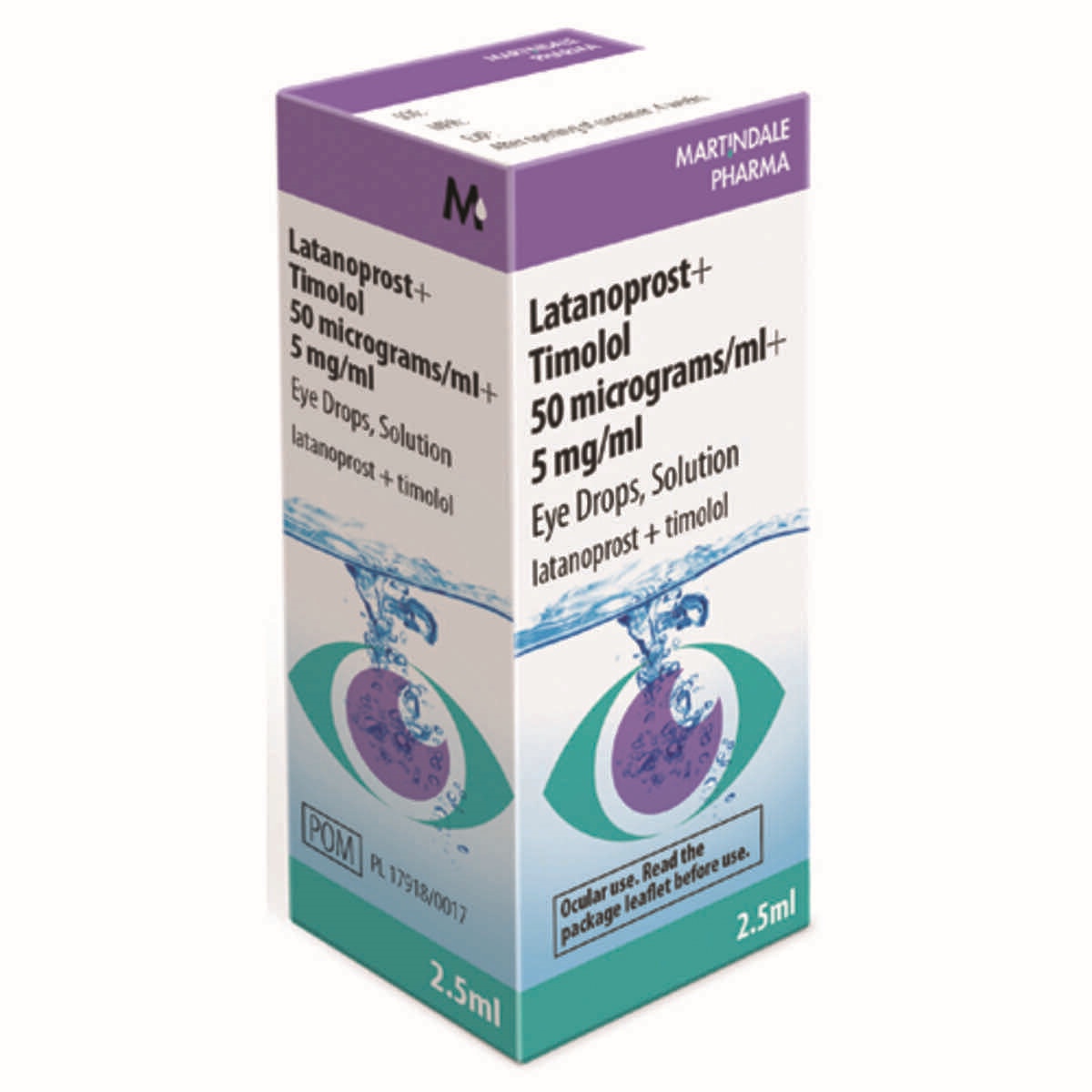

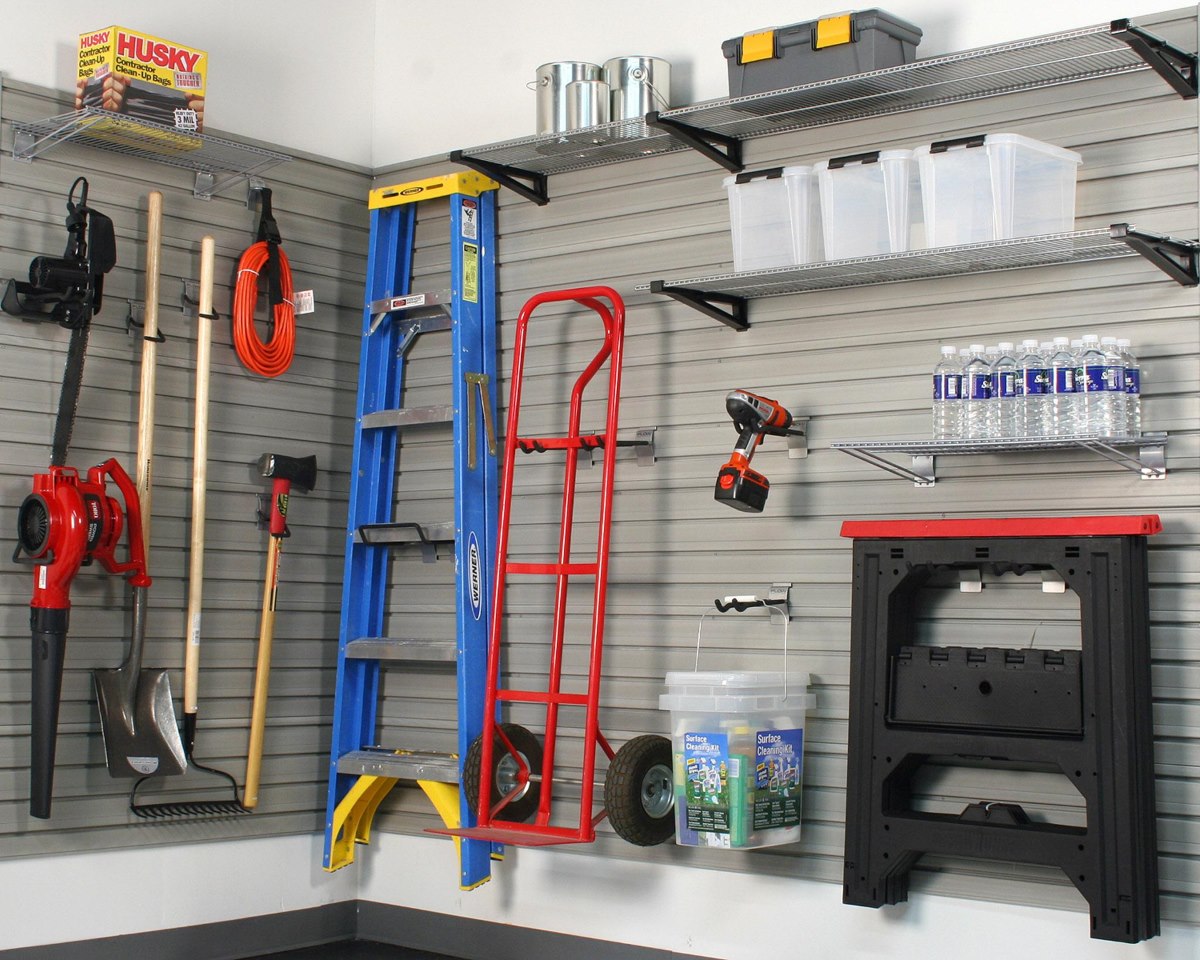

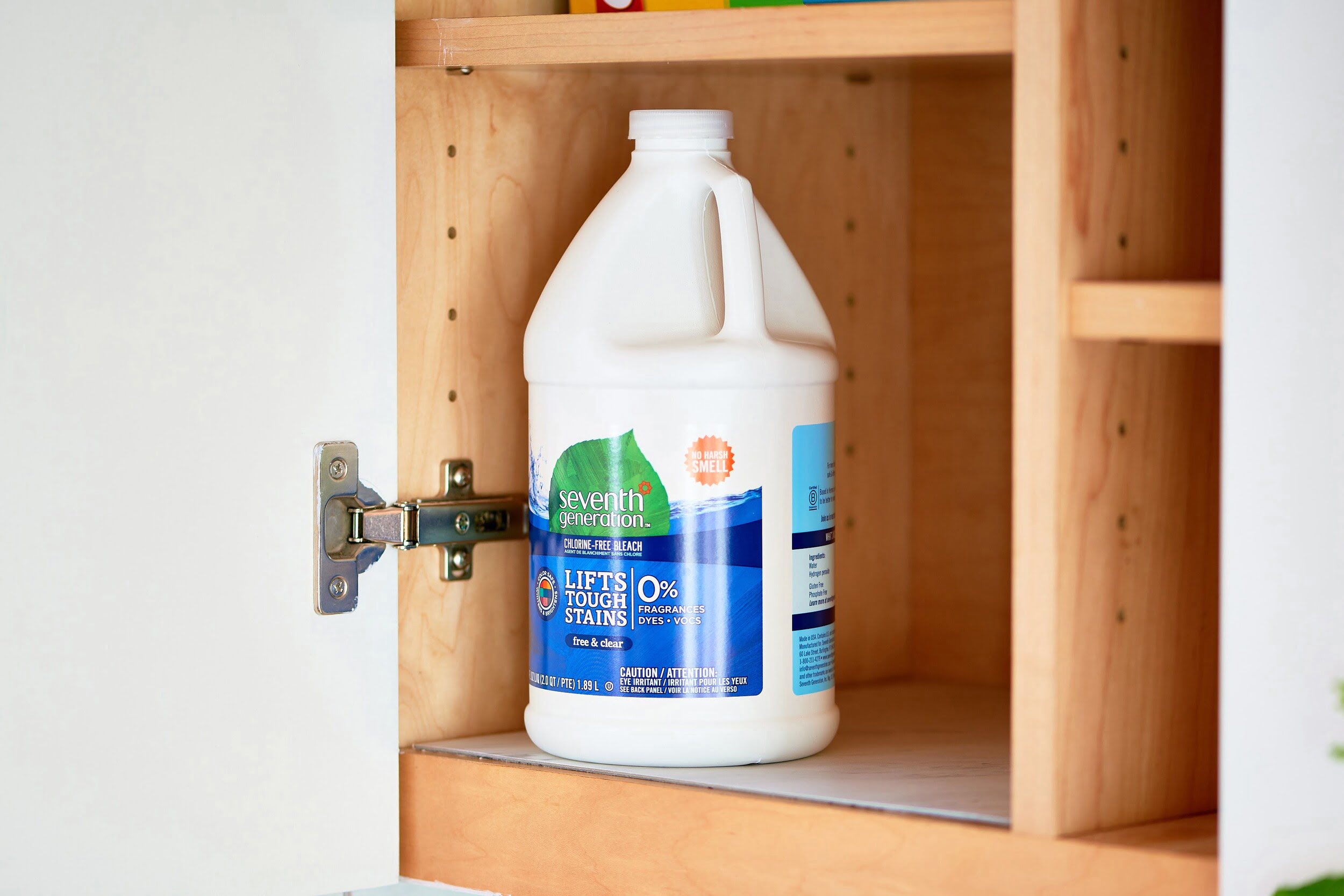
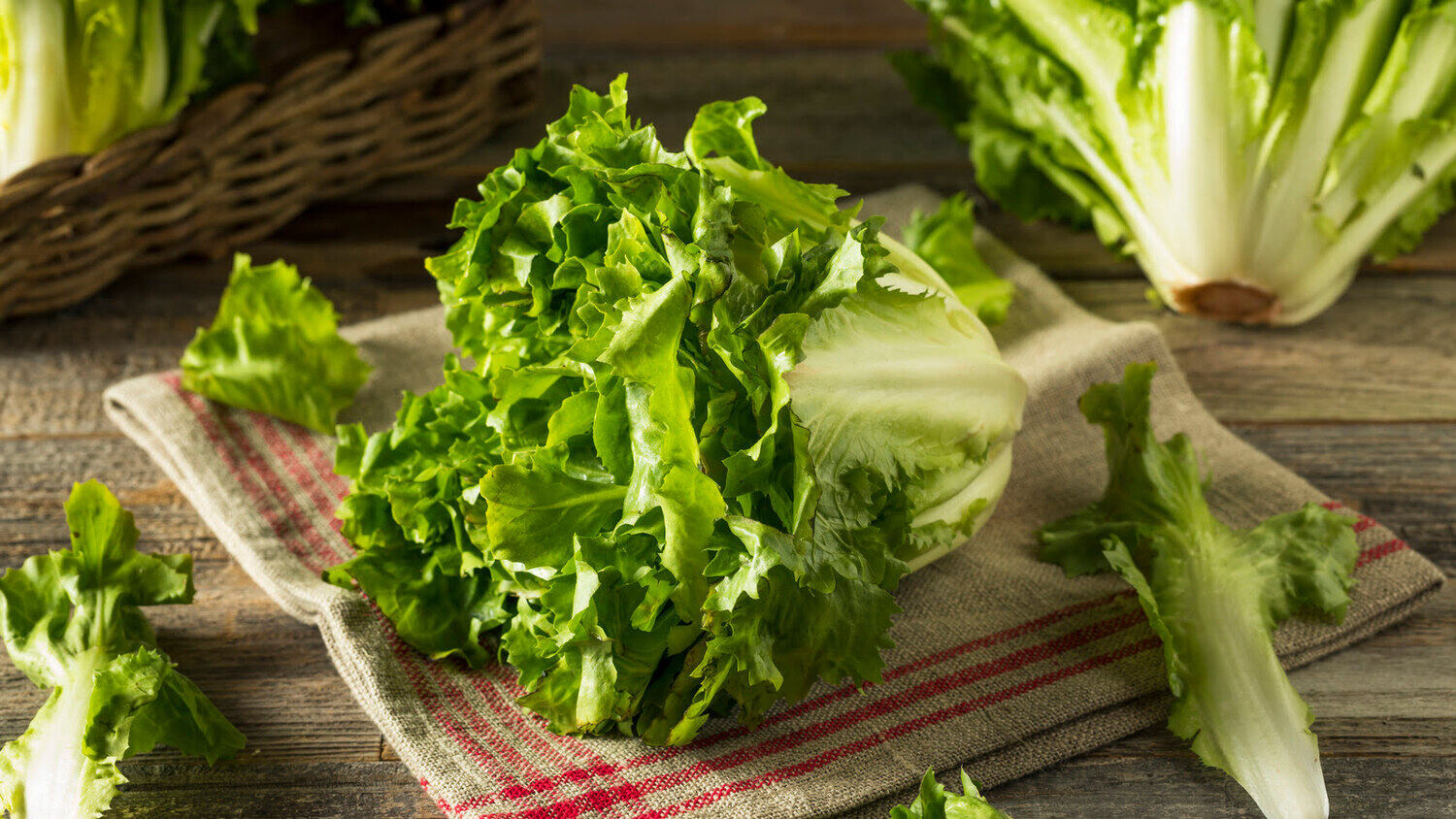
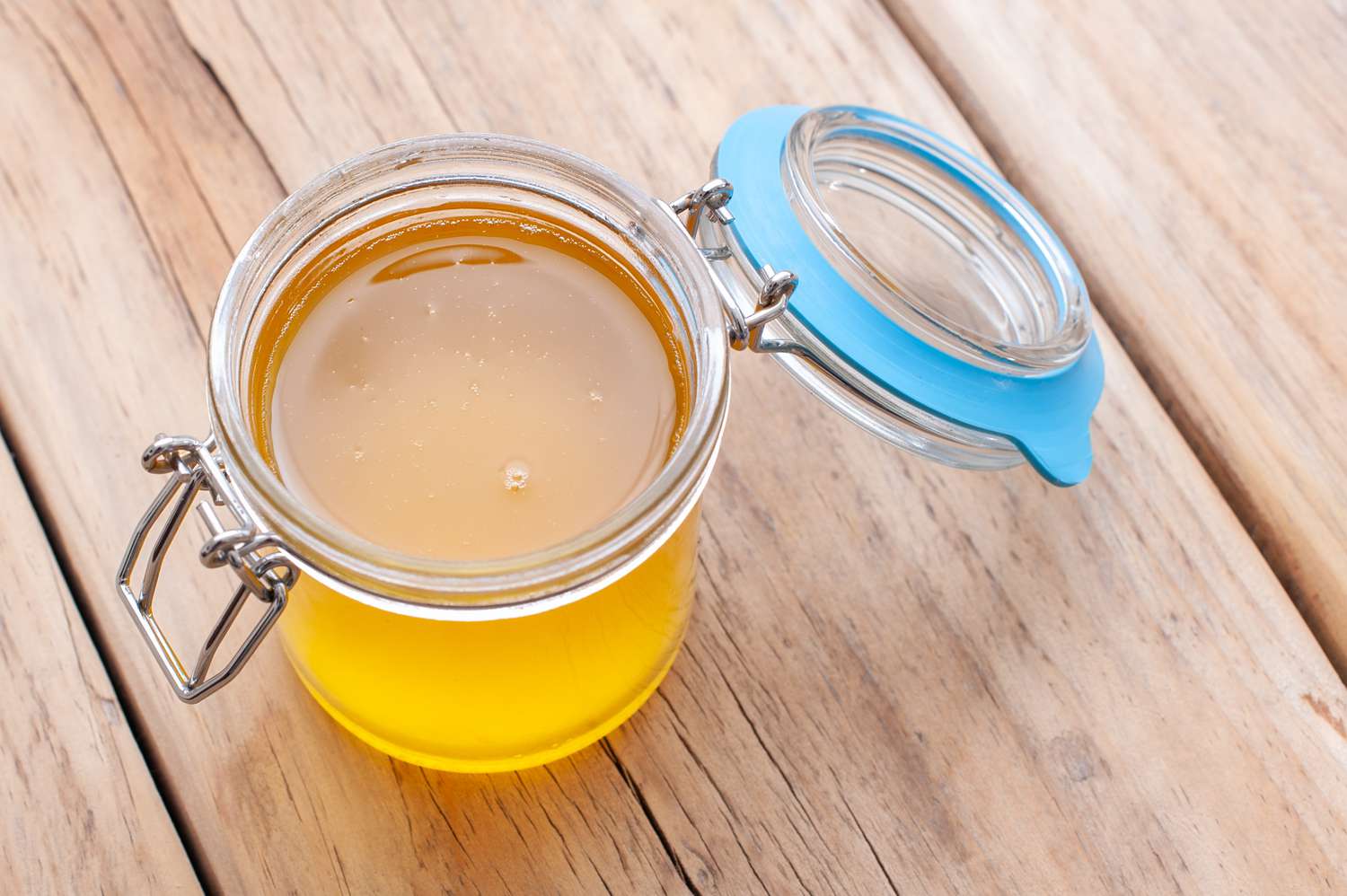
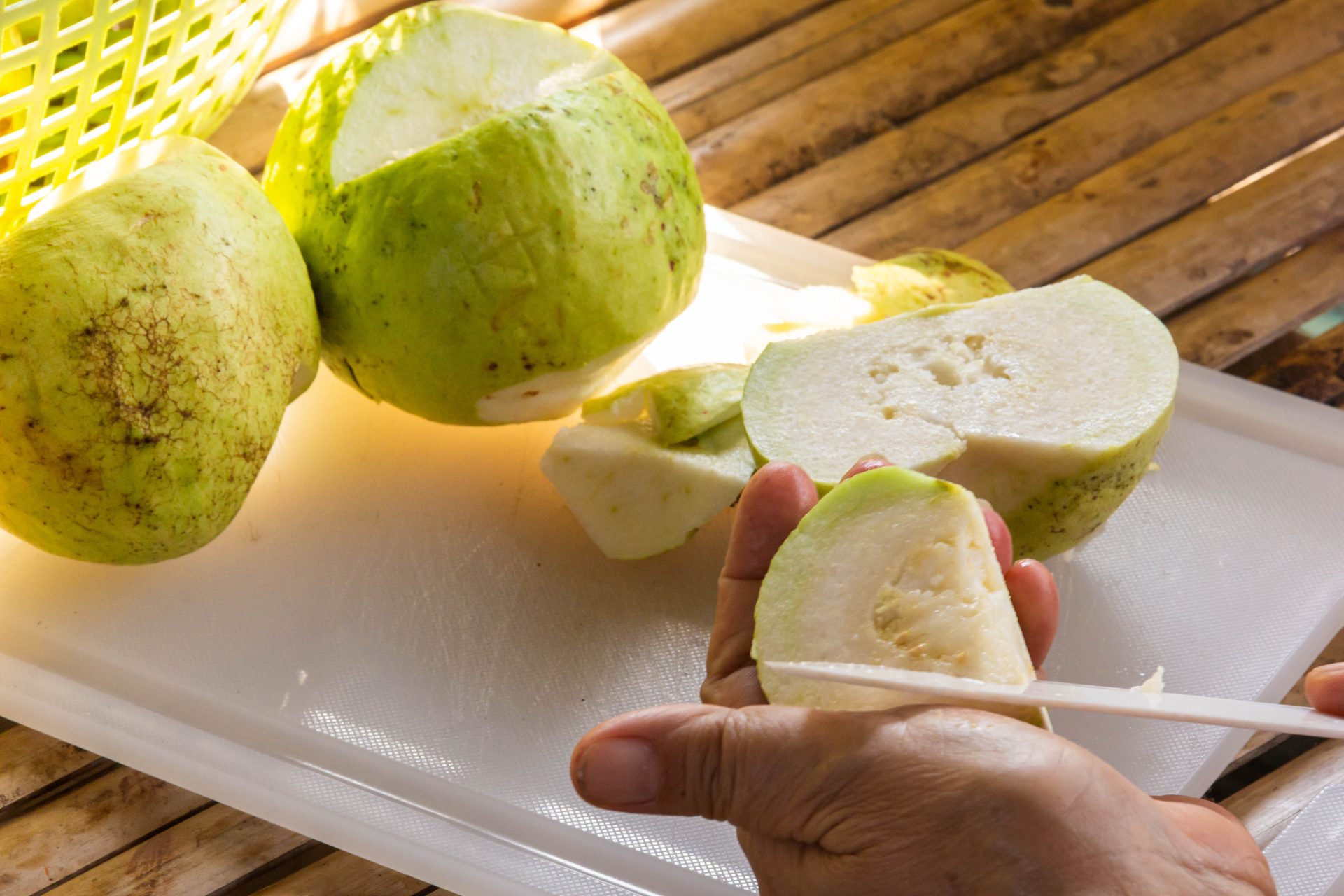
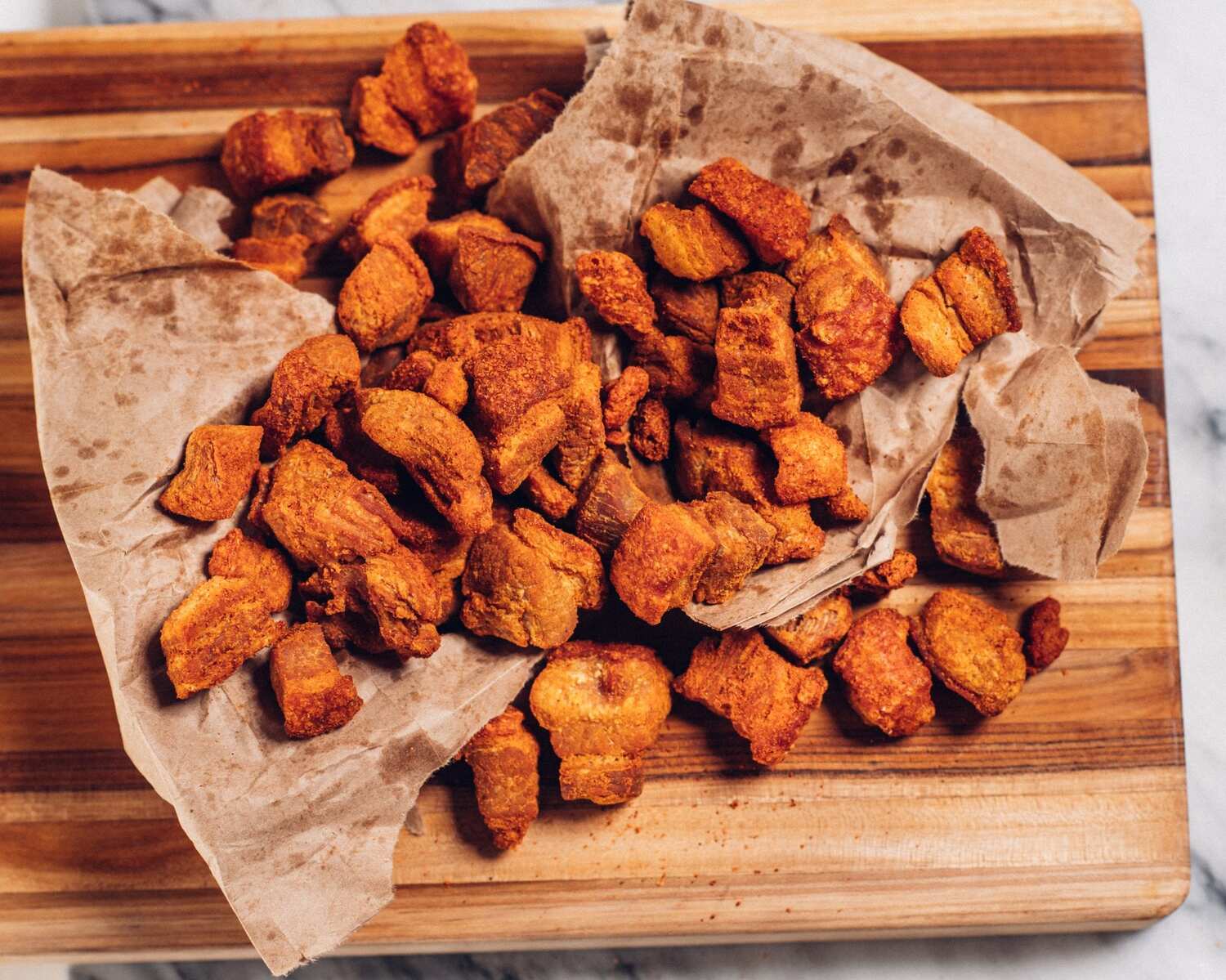
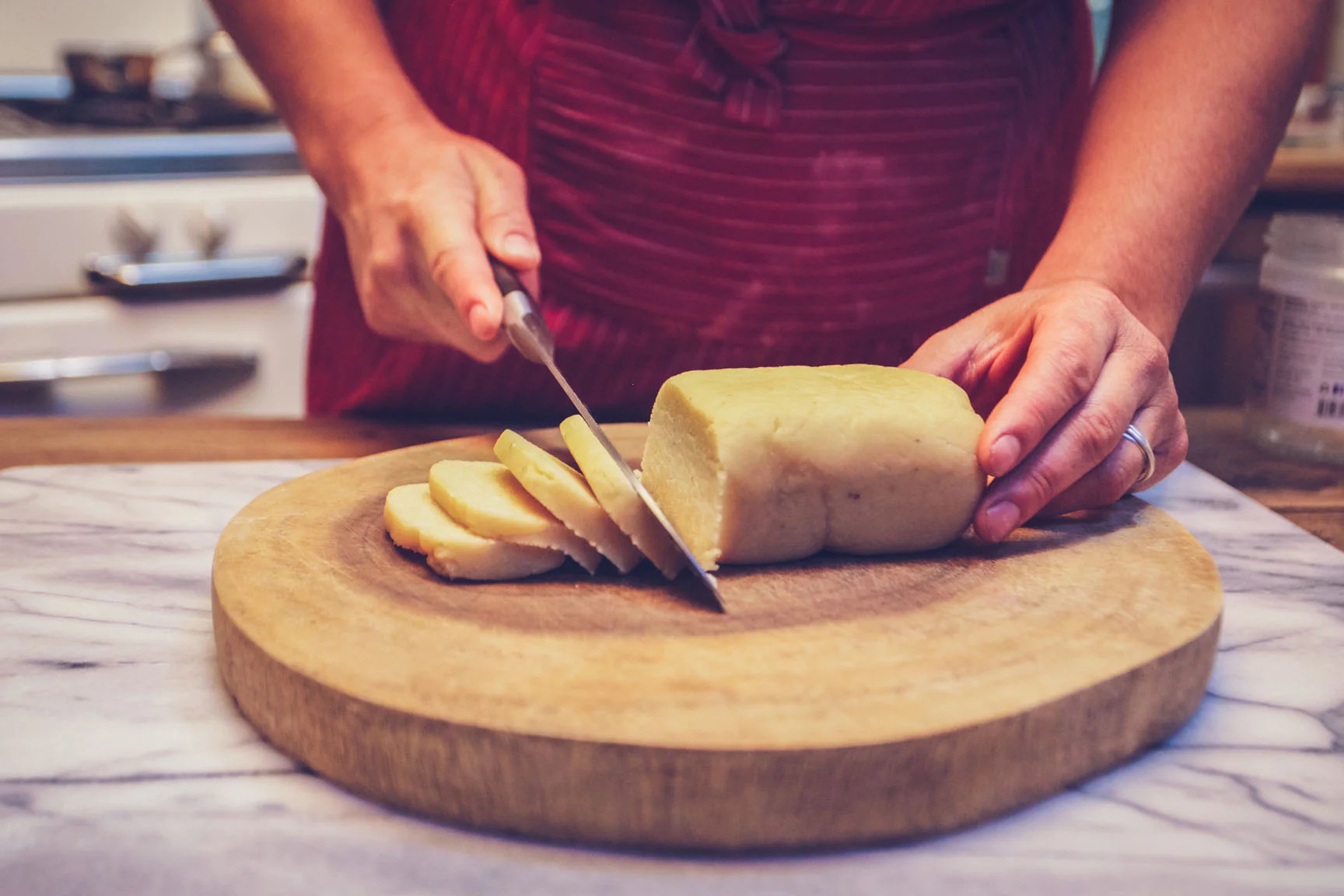

0 thoughts on “How To Store Chopsticks”